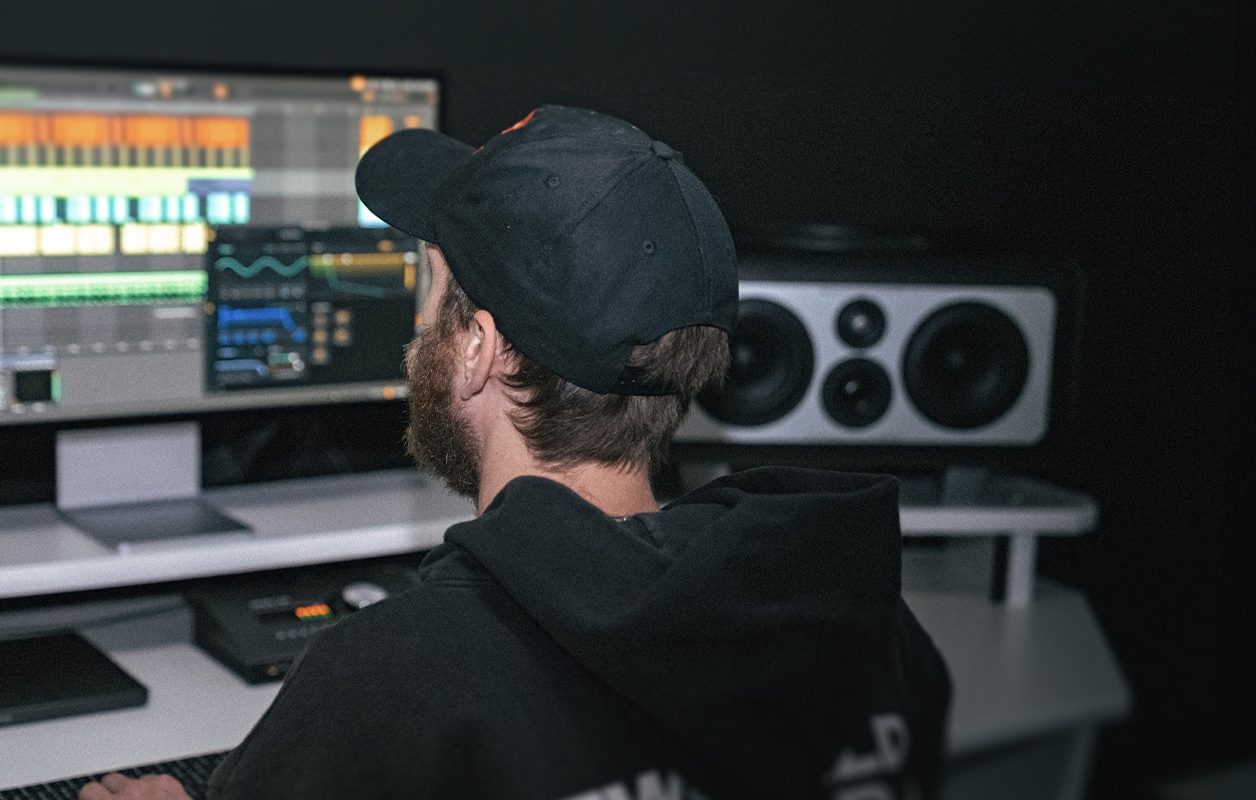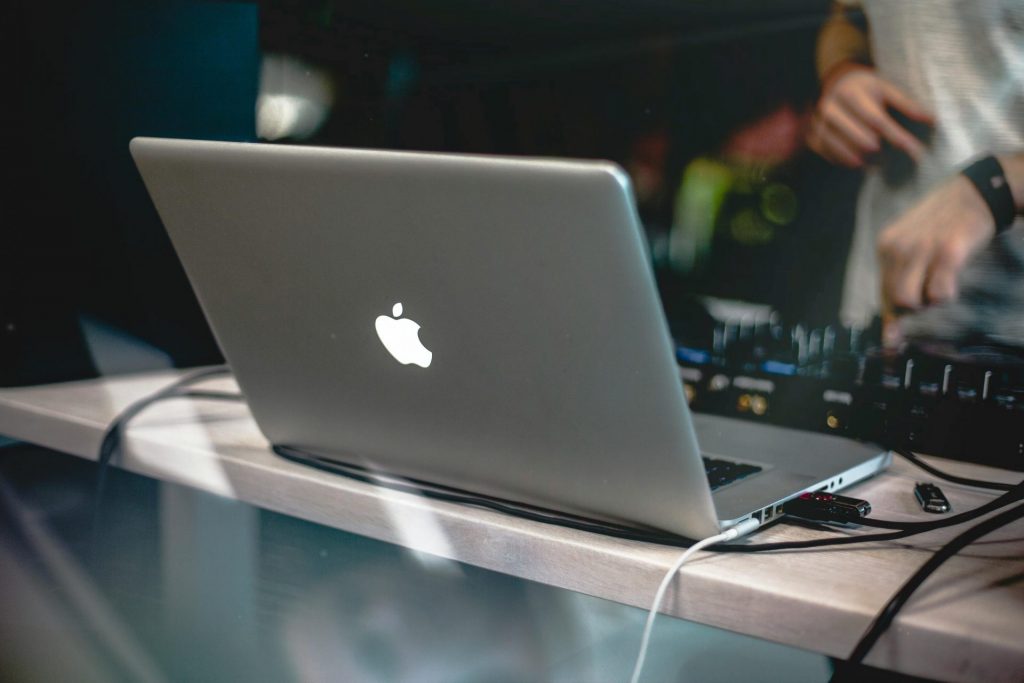
Is there a song out there you just love or that is trending? Maybe you should remix it! Remixes breathe new life and give a new interpretation of a song that may have been popular for years. A remixer takes elements of an existing song and combines them with new elements to create a fresh sound. These elements could range from an acapella of the original recording to key instrumental sections.
DJs make especially great remixers because they are used to blending two parts of songs in their day-to-day mixes. They are very familiar with song elements such as tempo and key. They can also drop their latest remix as part of their DJ set. Many DJs have built their fame by producing remixes, as it allows them to develop a unique style and differentiate themselves from the competition.
Remixing is also a great way to launch your career as a producer because it gives you a way to introduce your musical style alongside songs that people are already familiar with. With something that sounds familiar, they may be more likely to listen.
So let’s jump into how to start making your own remixes.

How to Create Your Own Remixes
How to source tracks to remix:
BPM Supreme regularly releases downloadable acapellas of top tracks and classic songs.
Contact a label or artist directly and ask to remix one of their songs. Ask them to send you stems (breakdowns by vocal, guitar, bass, etc.) of the song.
Use Serato Stems to isolate the acapella or another element of a song. Play the isolated section and hit record.
If you start to build a reputation for yourself as a DJ or remixer, chances are, artists and labels will reach out to you to remix songs, and, in many cases, they will offer to pay you quite well.
How to create the remix:
It’s important to know the key and bpm of the original song so you can create and add elements that go along with these. To get key and tempo information, you can play the song in Serato, run it through a software like Mixed In Key or look up the key and bpm online. BPM Supreme’s library also lists the key and bpm of songs available for download.
If your track uses some elements of the original song, it’s considered a remix. The rest of the process can be as creative and unique as you want it to be.
The easiest way to remix is in a DAW (digital audio workstation) such as Ableton, ProTools, or Logic. In the DAW, create tracks and load your acapella as well as any other elements of the original song you want to remix. Then, start adding elements. You can add kicks and snares to the track right away to start giving the song structure. You can also add chords or notes in the key of the acapella. If you have decided to create a remix for a certain genre, research the key components of that genre, such as bpm, rhythm, and types of instruments used, and then apply these to your remix.
Find or play elements to go along with the acapella. Experiment and look for what sounds and feels right. BPM Create offers a library of sounds sorted by genre, key, and bpm that you can download and are permitted to use for remixes (royalty-free). Drop different sounds along with the acapella and listen for a new combination of sounds you love. Then, build your new track around that.
Additionally, if you play an instrument such as guitar or piano, you can play along with the acapella and record that into your DAW through an interface such as the Apollo Twin.
One benefit of remixing in a DAW is that you can change the key and tempo of all elements of the song. For example, you can speed up the acapella of a slow song and make it a danceable 120-130 bpm. Alternatively, you can speed the acapella to 140 bpm or slow them to 70 bpm to go with a 70 bpm trap track.
DAWs like Ableton also have a ‘warp’ feature, which allows you to nudge forward or backward moments in a track. You can restructure the timing of the acapella in interesting ways. For example, you can warp words to go on dance beats and make the remix more danceable.
For your remix, you can chop up the vocals or choose only to use one part of the song, such as the bridge.
A different approach to remixes is to loop one section of the entire song and then build elements around that loop. You can use elements like EQ and filters to edit out parts of the original song, for example, drum and bass, that you will then add back yourself.
Once you finish building your remix, it’s best to mix and master it the way you would an original track. Then, it is ready for release.
Where to release your remix:
Mixcloud allows you to legally upload remixes for distribution. Many remixers also put their remixes on Soundcloud, but you might risk having it taken down due to copyright restrictions. You can post a clip of your remix on social media. You can also share your remix through a site called Hypeddit. Additionally, you can offer free downloads of your remix directly from your website.
If you have permission from an artist to remix their song, you can upload it to BPM For Artists or a site like Distrokid for distribution to Spotify, Apple, and more. If a label or artist has contracted you to make the remix, you will usually send it to them, and they will release it through their distribution channels.
Of course, you can use your remixes in your own DJ set. This is a great way to test your productions to see if they work as well on the dance floor as in your studio. It is common for dance music DJs to remix slower songs and then blend them into their set for club nights.
Remixing a popular song can be a great way to launch your career as a DJ or producer by introducing your unique sound to a wider audience and breathing new life into familiar tracks. It’s also a great way to study and incorporate elements of songs that are already successful. By working with these sounds, you can strengthen your own composition skills.
Additionally, if legality is an issue, you can take tracks that you originally used for a remix, subtract the acapella, and add original vocals. The possibilities are endless.

